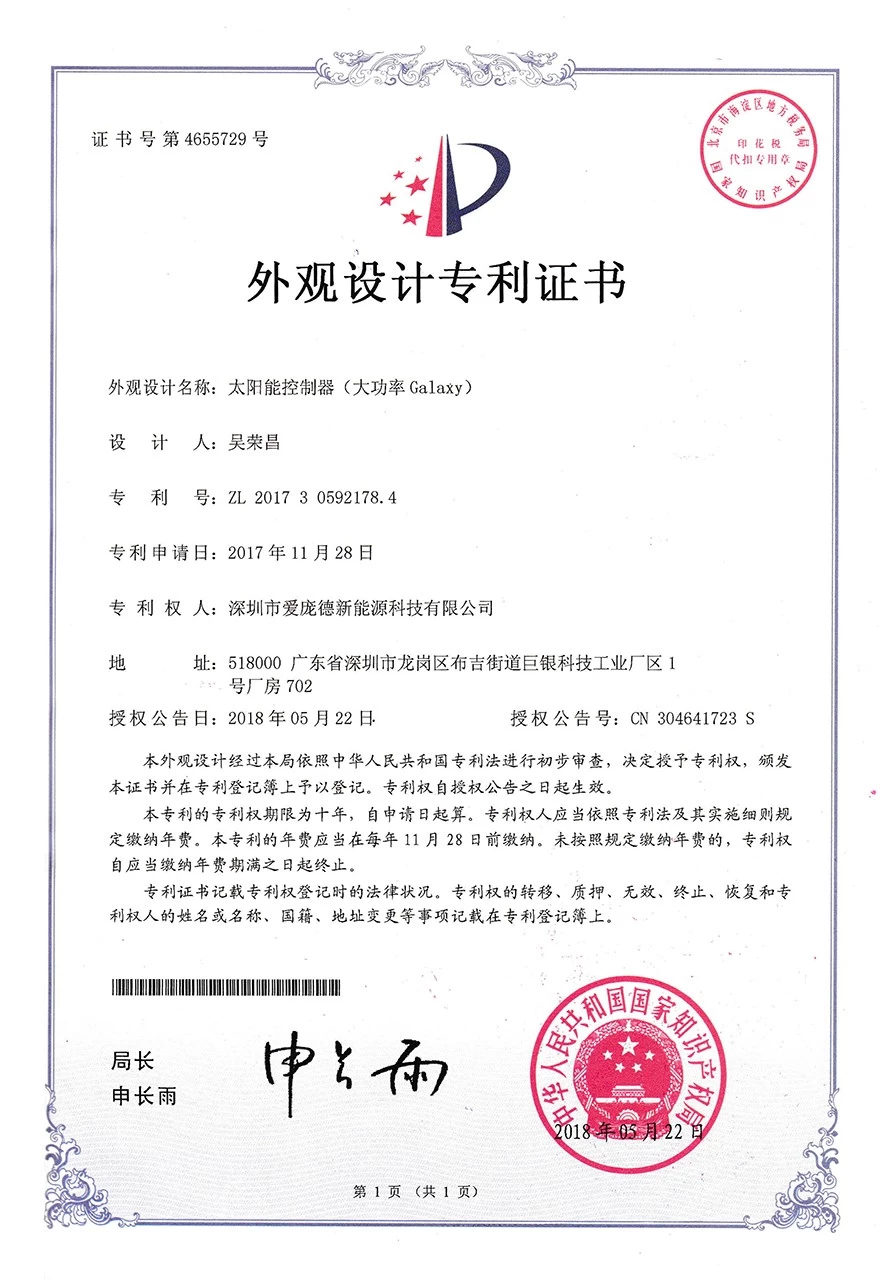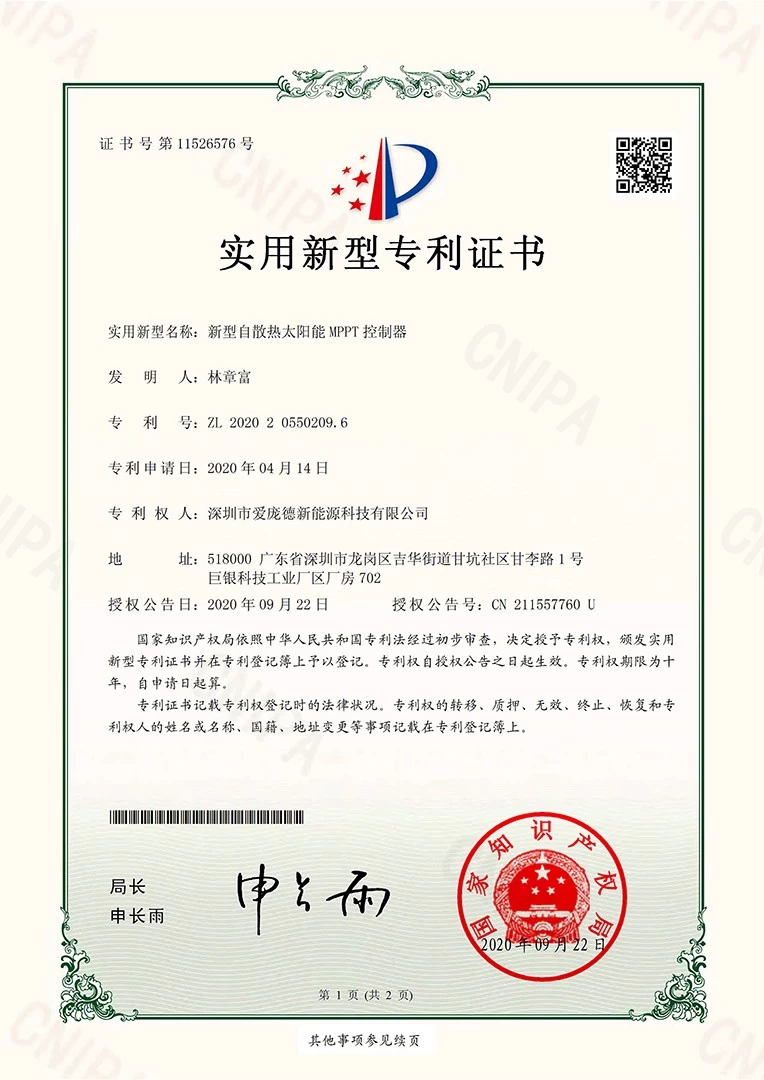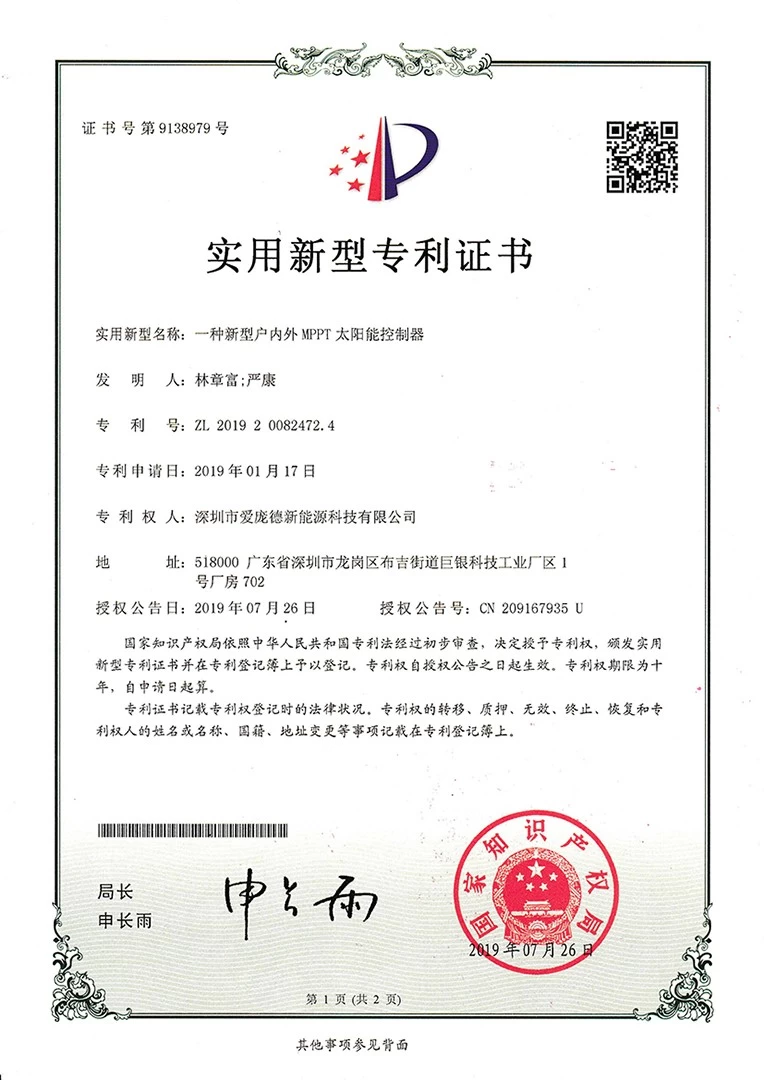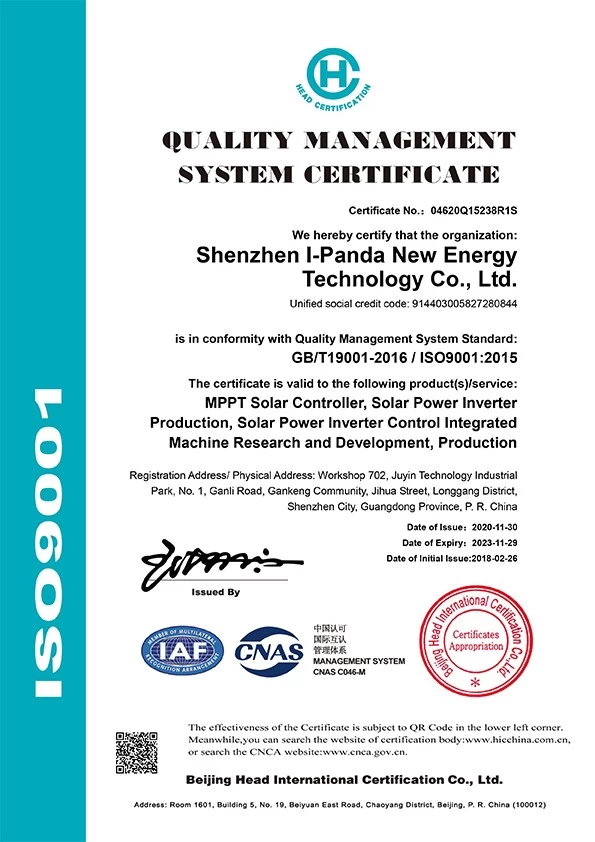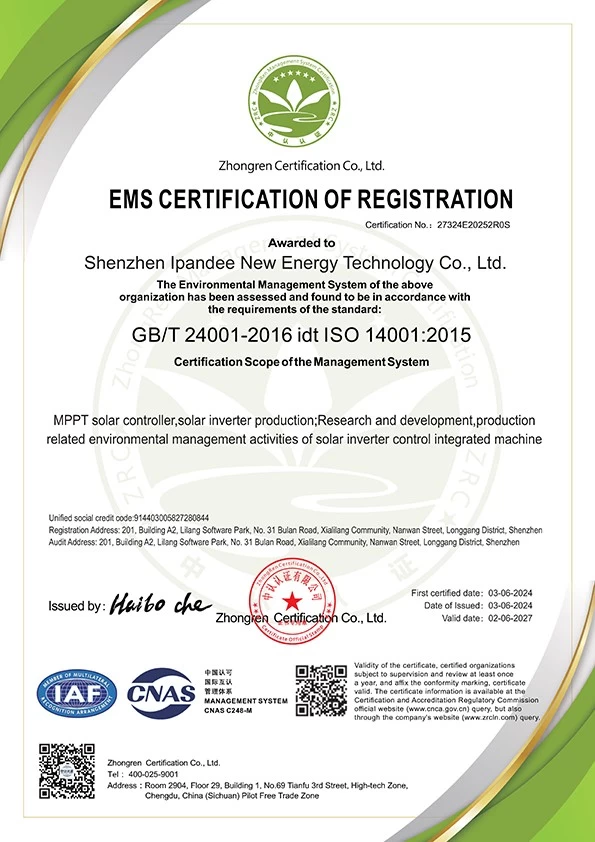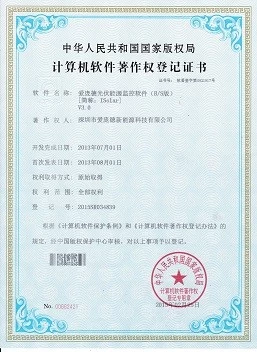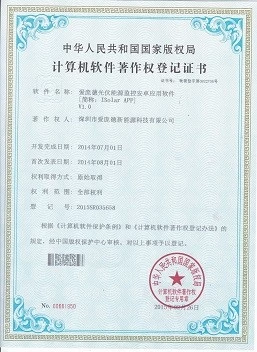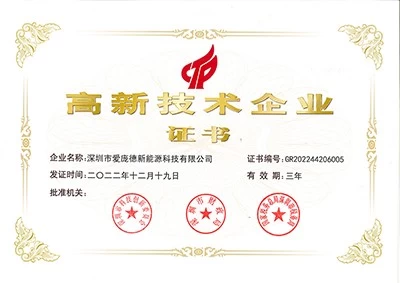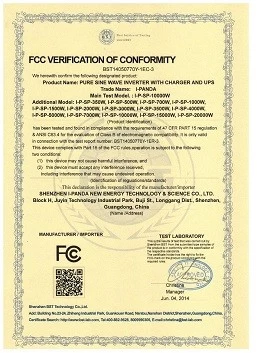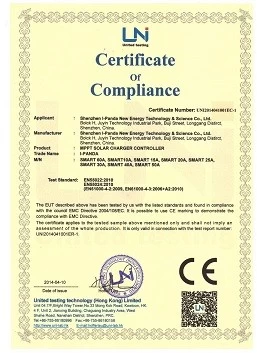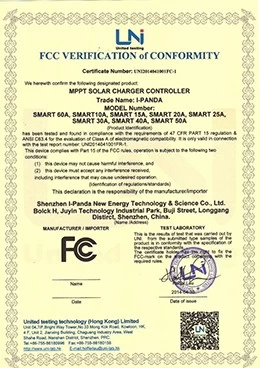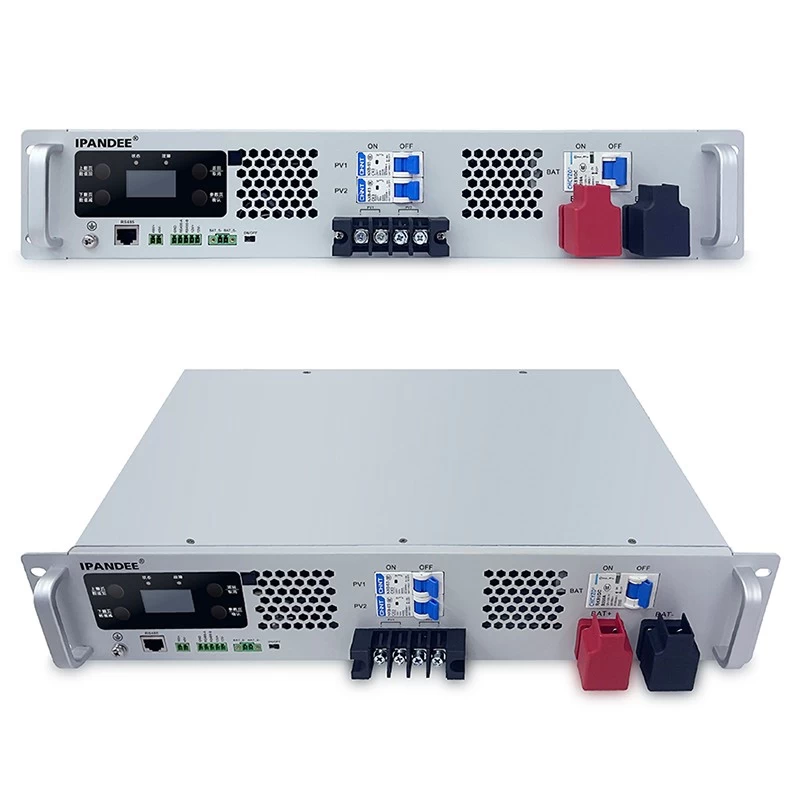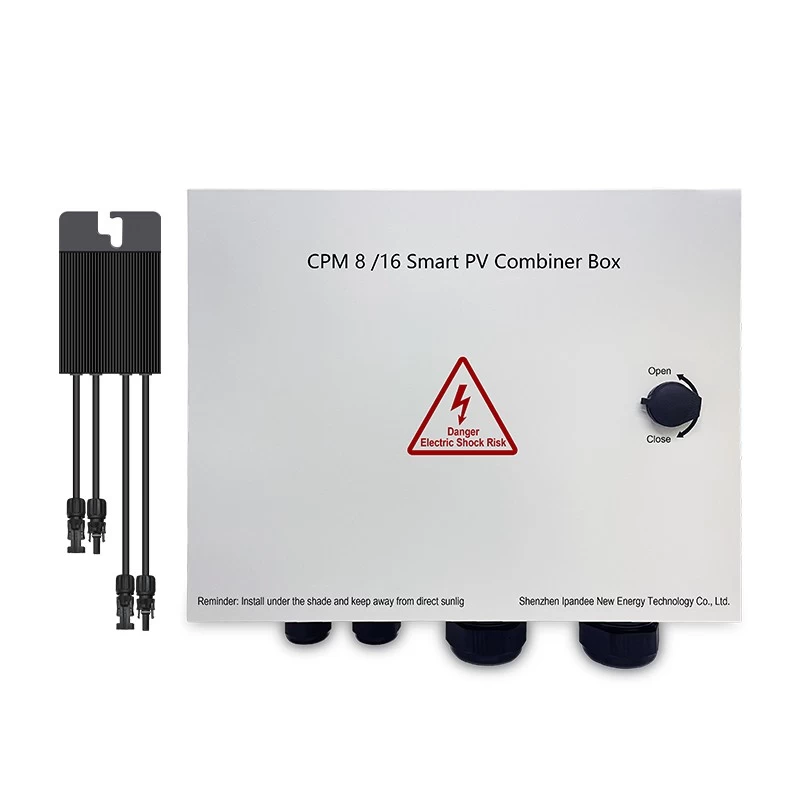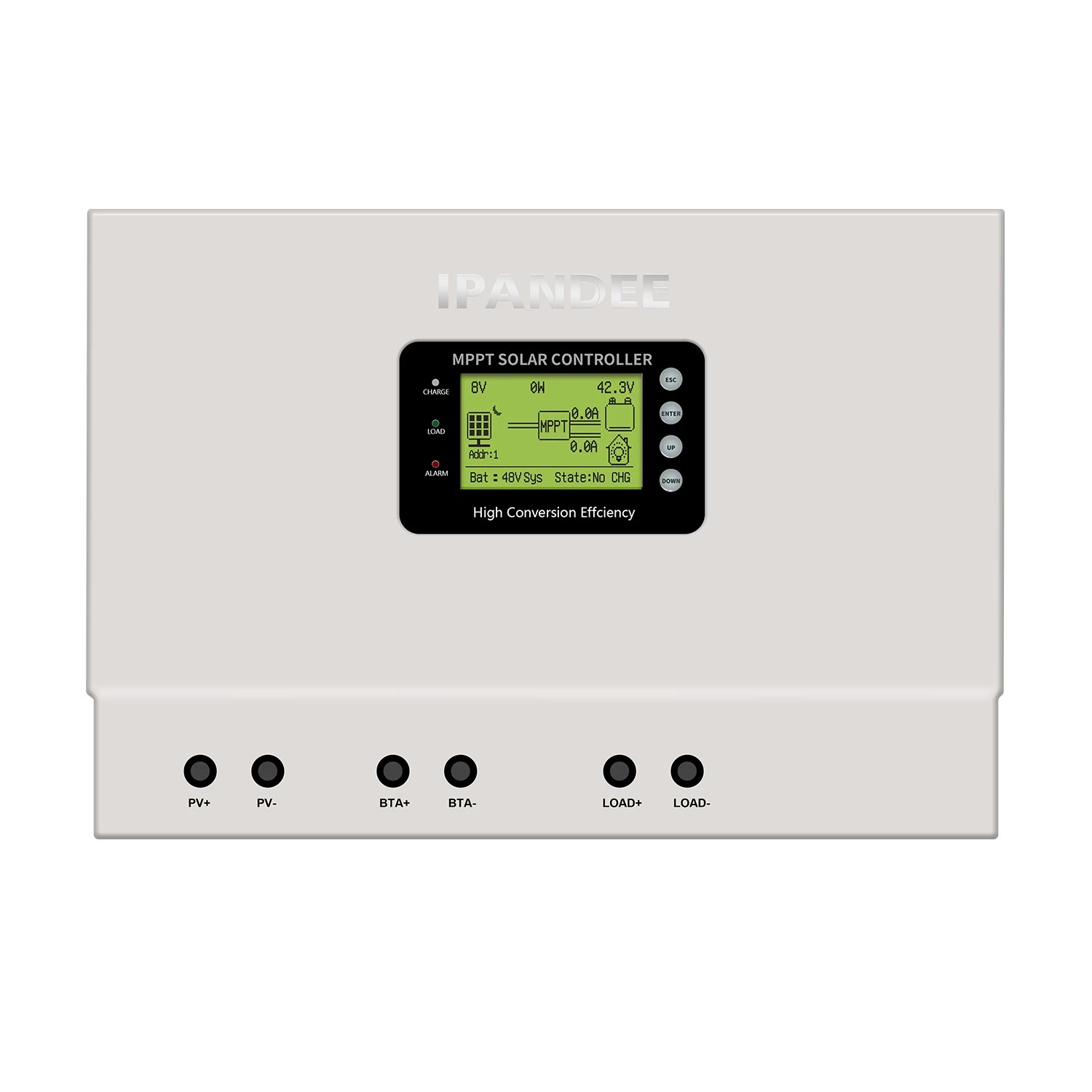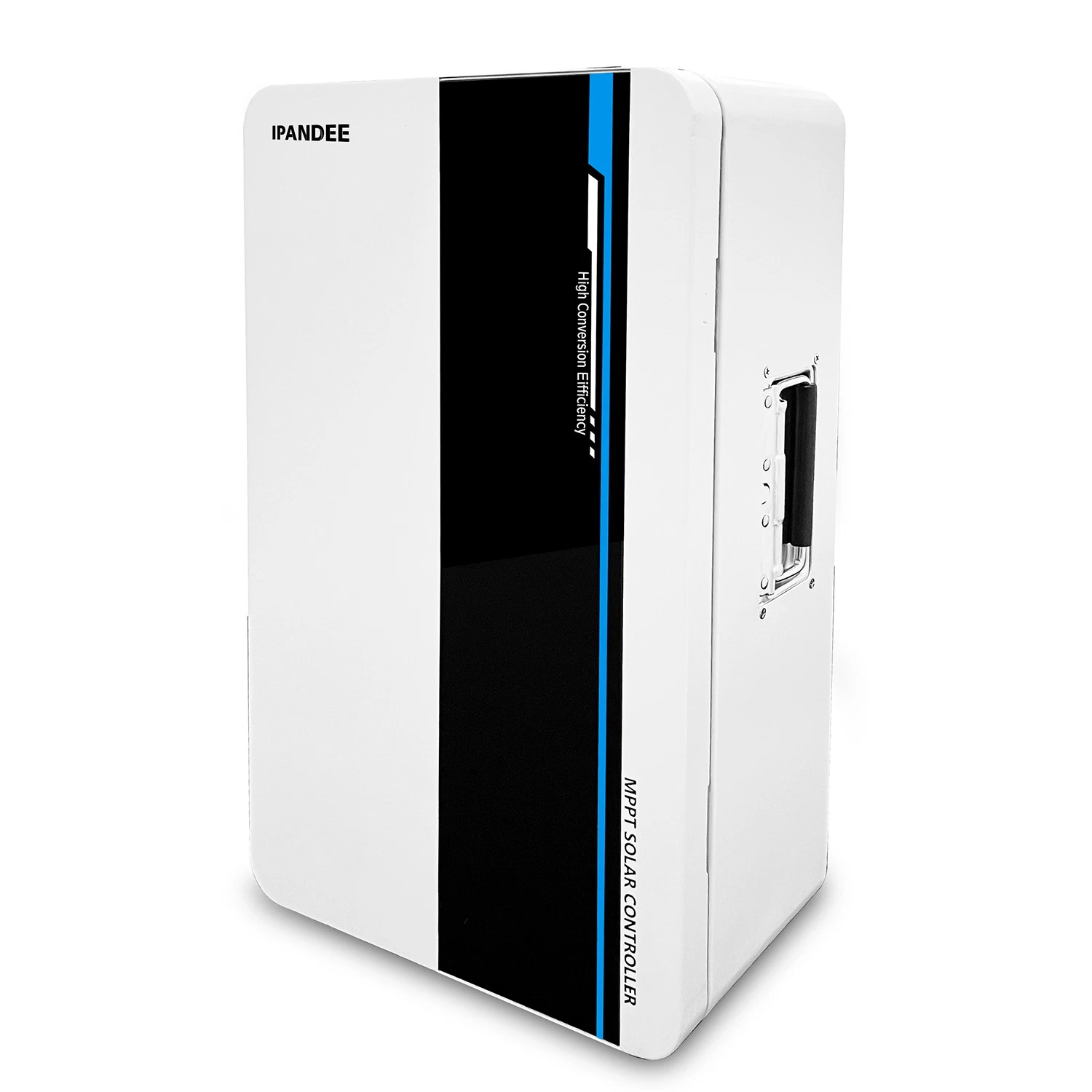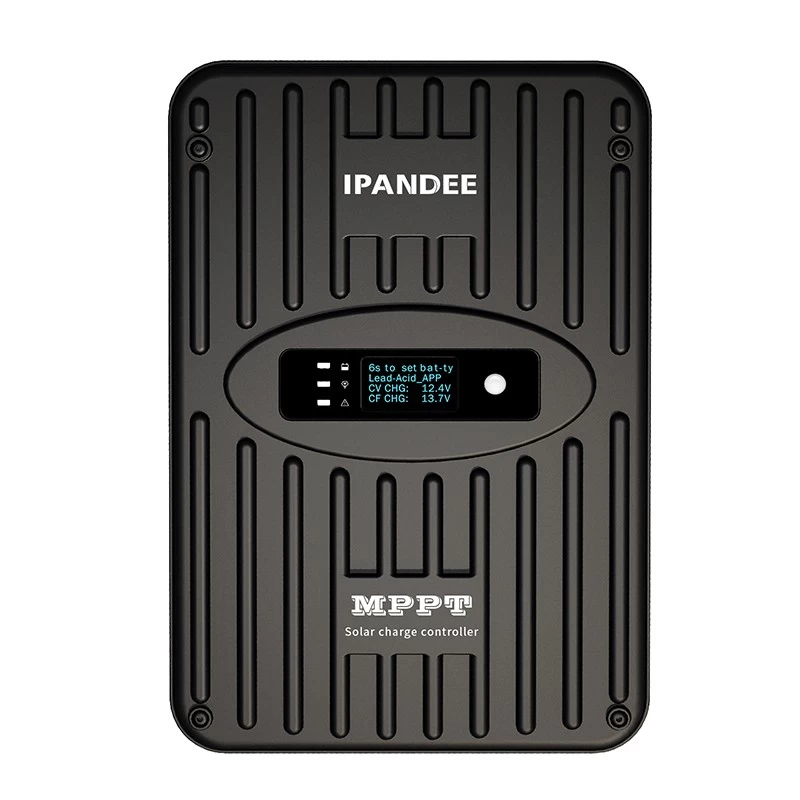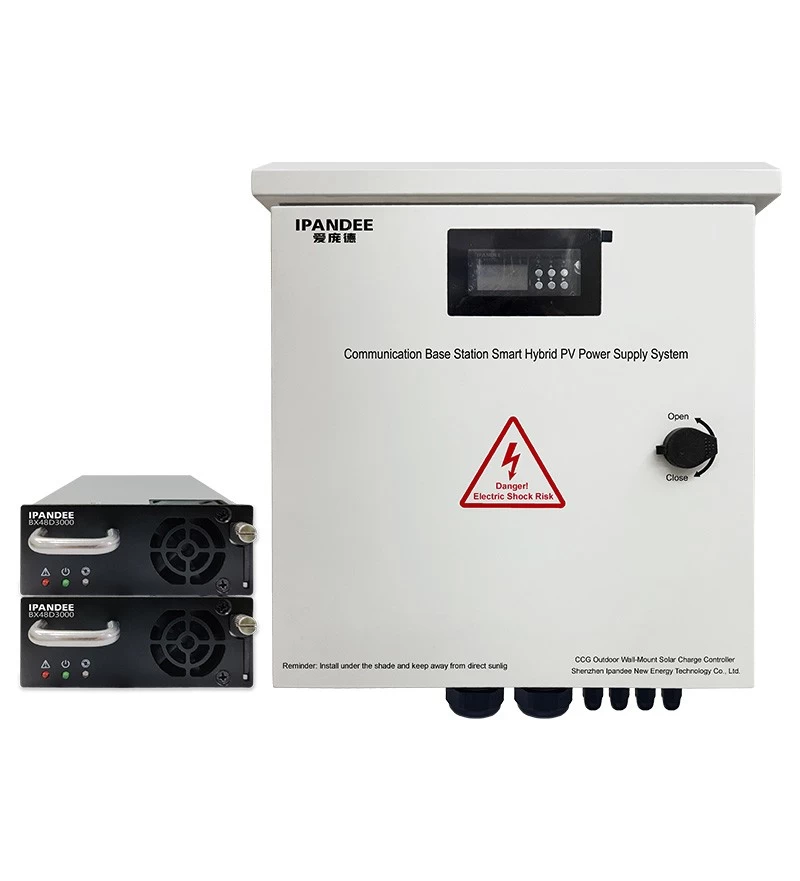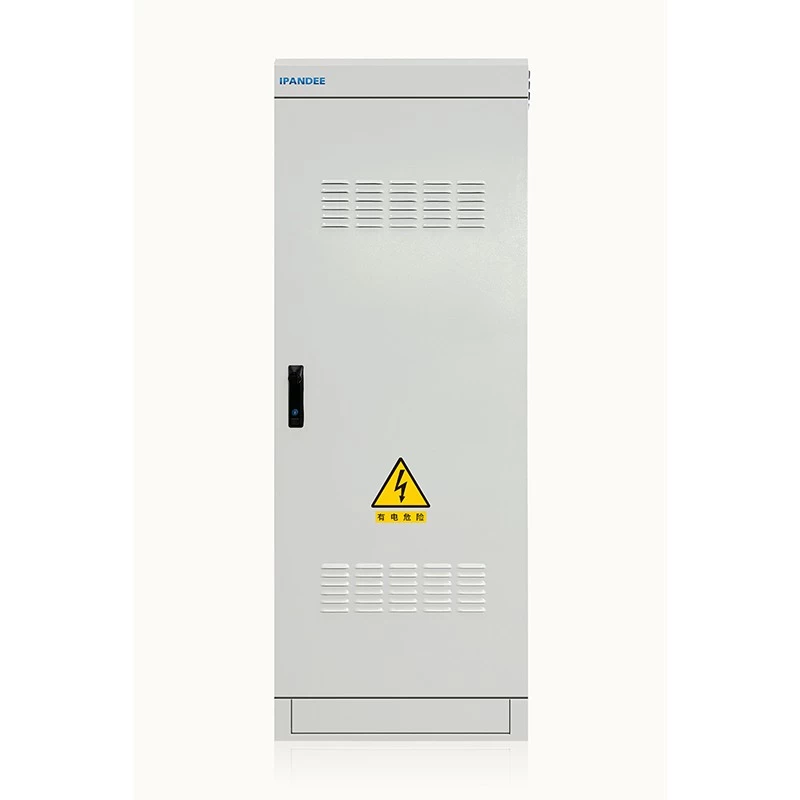Solar cell backplane performance and detection method
Solar energyThe battery backplane is located on the outermost layer of the back of the module. It protects the solar modules from moisture during outdoor environments and generally has a three-layer structure. The outer protective layer has good resistance to environmental corrosion (to prevent water vapor erosion, UV resistance, etc.), the middle layer is PET polyester film with good insulation performance and strength, and the inner film PEVA or PE and EVA film have good adhesion. Connect performance.
Thickness
For different materials, the thickness of the finished product is also different. In order to achieve a certain insulation performance, the PET thickness is generally 250 μm, the PVDF film thickness is 25 μm, the PEVA film thickness is 70 μm, and the thickness of both layers of adhesive is It is around 10μm. Therefore, the thickness of the solar backsheet KPK is 320±10 μm, and the thickness of the KPE is 365±10 μm.
Detection method: The thickness of the material is measured by a thickness gauge.
Tensile strength, elongation at break, peel strength, etc.
1. Tensile strength (divided into MD, TD):
The maximum load at the time of fracture of the backsheet specimen has different tensile strengths for the backsheets of different thicknesses and materials.
2. Elongation at break (divided into MD, TD):
The maximum elongation at break of the backsheet specimen has different elongation at break for backsheets of different thicknesses and materials.
3. Initial interlaminar peel strength (divided into MD, TD and first and second sides):
The bond strength between the layers of the backsheet was tested, the most common standard being ≥ 4 N/cm (1 N/cm = 1000 Pa).
4. Peeling strength between layers after boiling (divided into MD, TD and first and second sides):
After the backing plate was placed in a boiling water bath for 24 hours, the bond strength between the layers of the backing plate was tested. The most common standard was ≥4 N/cm (1 N/cm=1000 Pa), and no sticky or yellowing after boiling. Bad phenomena such as wrinkles and delamination.
5. Peel strength after lamination of back sheet and EVA film:
Test the bonding strength of the back sheet and the EVA film. This test is the current production status of the analog components. There is a certain gap between the bond strength between different back sheets and different EVA films, but the general standard is ≥40N. /cm.
Test method: Take a piece of tempered glass with a length of about 300 mm and a width of 150 mm, and laminate the same size back sheet and EVA on the tempered glass in turn, and laminate them in a laminating machine. After laminating and solidifying, it was left to cool at room temperature for more than 4 hours, and the cured part was cut into strips of 1*300 mm. Take a few of them, manually separate the backing plate from the EVA by about 20mm, fix the sample on the tensile testing machine, perform 180° peeling at a speed of 100mm/min, peel off 100mm each time, record the data, and test the results to the data. Median.
The above tensile strength, elongation at break, and peel strength were all measured by a tensile tester.
Dimensional stability (heat shrinkage properties)
In the MD and TD directions, the back sheet was tested for shrinkage in the length and width directions after baking at 150 ° C for half an hour. The more common standard is 1.5% or less.
Water vapor transmission rate
Detection method: There are three detection methods, namely cup method, electrolysis method, infrared method, photovoltaic industry electrolysis method is more common.
Electrolytic method for detecting water vapor transmission rate: the pre-treated sample is fixed in the middle of the test chamber, and the test chamber is divided into two upper and lower chambers. The relatively stable humidity gas flows in the upper chamber of the film, and the dry gas flows in the lower chamber of the film. The water molecules diffuse through the sample to the dry gas on the other side, are carried by the flowing gas to the sensor, and analyze the water vapor concentration measured by the sensor to calculate the water vapor permeation amount.
Transmittance
According to GB2410-80 "Transparent Plastic Transmittance and Haze Test Method", it is the standard method for measuring the transmittance of EVA film. The test instrument selected in this standard is an integrating sphere haze meter, and other test instruments that can obtain the same result can also be used.
Disclaimer: The content is partly from the internet. In order to pass on more information, it does not mean agreeing to its views or confirming its description. Article content is for reference only. If there is any infringement, please contact in time.





